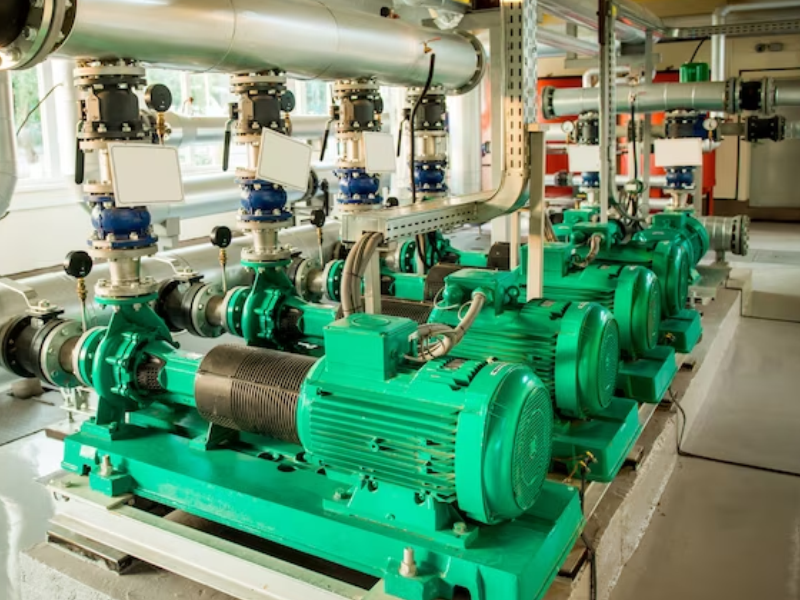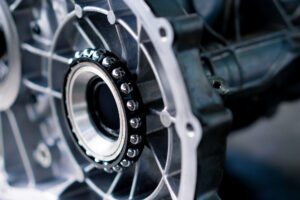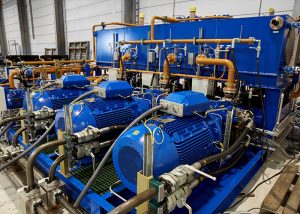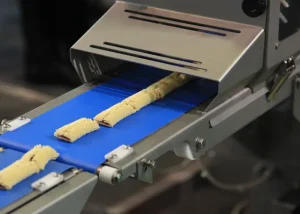Introduction: Electric motors are the workhorses behind numerous industrial processes and everyday appliances. Their reliable performance is crucial for the smooth operation of various systems.
Production and manufacturing companies depend on electric motors for driving conveyors, compressors, agitators, fans and machine control. Research estimates that motors consume over 50% of all the electrical power used in today’s manufacturing plants.
To maximize the lifespan and efficiency of electric motors, it is essential to implement preventive measures that can help avert motor failure. In this article, we will explore some key steps to safeguard electric motors and ensure they are in top gear and last longer.
Regular Maintenance: Regular maintenance is fundamental in preventing electric motor failure. It involves routine inspections, cleaning, and lubrication. Follow the manufacturer’s guidelines for maintenance intervals and procedures. Some key maintenance tasks include:
- Inspecting motor windings for signs of wear, damage, untied bolt and Nut or overheating.
- Cleaning dirt, dust, and debris from the motor and ventilation system.
- Lubricating bearings and other moving parts as recommended.
- Verifying proper alignment and tension of belts or couplings.
- Verifying stability and vibration on the motor (Drive) and the Driven.
Temperature Monitoring: Excessive heat is one of the leading causes of motor failure. Monitoring motor temperatures can provide vital insights into its operating conditions. Utilize temperature sensors or thermal imaging cameras to monitor motor heat levels. Maintain proper ventilation around the motor and ensure that cooling fans or systems are functioning correctly. Regularly check for any blockages or restrictions that may impede airflow.
Voltage and Current Monitoring: Electrical fluctuations can significantly affect motor performance and lifespan. Regularly monitor the voltage and current levels to identify any abnormalities. Ensure that the motor is operating within the manufacturer’s specified voltage and current ranges. Voltage spikes, unbalanced phases, or excessive current draw should be promptly addressed to prevent damage to the motor windings and other components.
Protection Against Environmental Factors: Protecting electric motors from harsh environmental conditions is crucial for their longevity. Consider these steps:
- Shield motors from excessive moisture, dust, or corrosive substances.
- Implement proper sealing and insulation measures to safeguard against ingress of water or contaminants.
- Use appropriate motor enclosures for specific environments, such as explosion-proof enclosures for hazardous areas.
Overload Protection: Avoid subjecting motors to excessive loads beyond their rated capacity. Implement overload protection devices, such as circuit breakers or thermal overload relays, to prevent motors from overheating and burning out. These devices can automatically disconnect the motor when abnormal conditions occur, protecting it from damage.
Power Quality: Ensure a stable and clean power supply to electric motors. Power quality issues like voltage sags, harmonics, or electrical noise can adversely affect motor performance and lifespan. Employ power quality mitigation measures like surge protectors, voltage regulators, or filters to minimize the impact of such disturbances.
Training and Awareness: Proper training of personnel responsible for motor operation, maintenance, and troubleshooting is essential. Educate them on best practices for motor handling, maintenance, and early identification of potential issues. Encourage a proactive approach to reporting any unusual motor behavior or performance.
Conclusion: Preventing electric motor failure requires a combination of proactive measures and regular maintenance. By implementing the practices discussed in this article, you can significantly enhance the lifespan and reliability of your electric motors. Regular inspections, monitoring environmental conditions, ensuring proper power supply, and protecting against overloads are all crucial steps in preventing motor failures. With a proactive and comprehensive approach, you can optimize motor performance, reduce downtime, and maximize the return on your investment in electric motors.




